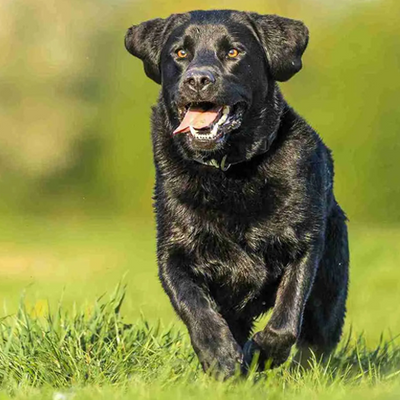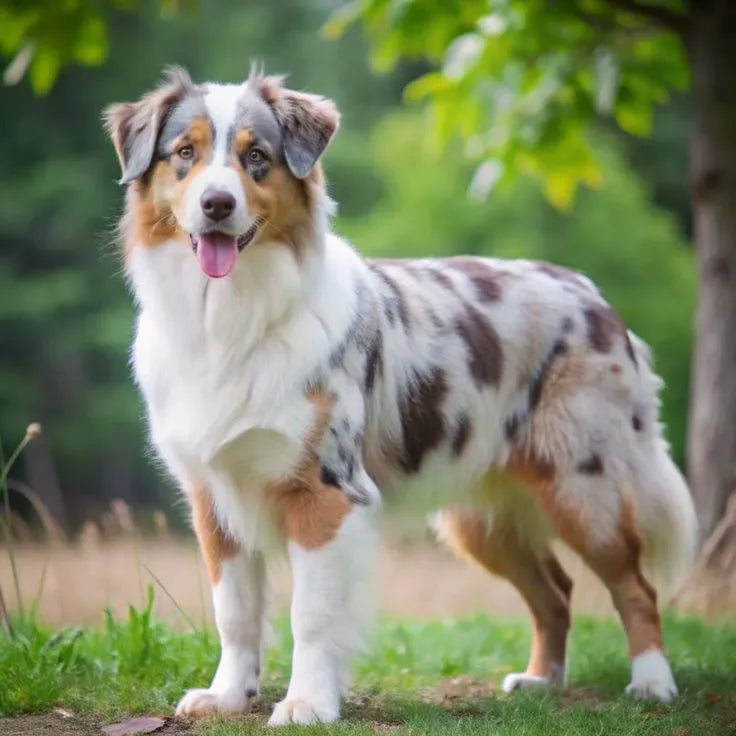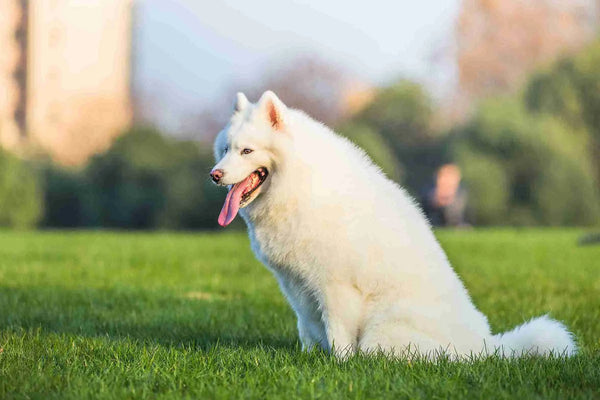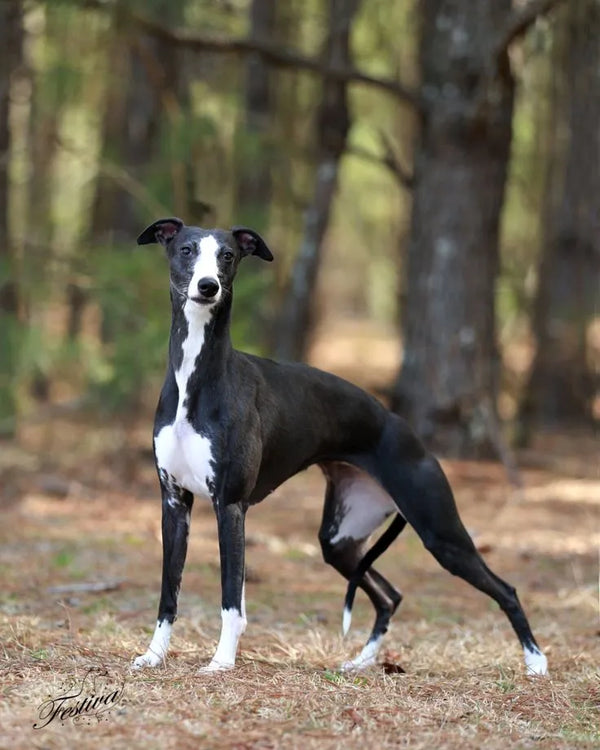Australian Shepherd
Australian Shepherd: America’s Intelligent and Agile Herder
1. Introduction to the Breed
The Australian Shepherd, securing the #16 spot in the 2024 American Kennel Club (AKC) rankings, is an intelligent, agile, and energetic breed renowned for its herding prowess and vibrant personality. Despite its name, this breed is a true American icon, beloved for its versatility in dog sports, ranch work, and as a dynamic family companion. With their striking coats and keen intelligence, Australian Shepherds thrive in active households, bringing boundless energy and devotion to suburban or rural homes.
2. History of the Breed
Developed in the United States in the 19th century, Australian Shepherds were bred by ranchers to herd livestock, likely from Basque shepherd dogs brought via Australia, hence the misleading name. Their agility and work ethic made them indispensable on Western ranches. Recognized by the AKC in 1991, Aussies gained popularity for their performance in agility, obedience, and herding trials, as well as their starring roles in rodeos and films. Their intelligence and loyalty have made them a favorite among active owners and competitors.
3. Physical Characteristics
- Typical Size and Weight: Australian Shepherds are medium-sized, standing 18–23 inches tall at the shoulder. Males weigh 50–65 pounds, while females range from 40–55 pounds, with a lean, athletic build.
- Coat and Color: Their medium-length, double-layered coat is weather-resistant, in colors like blue merle, red merle, black, or red, often with white or tan markings. The coat is moderately wavy and sheds year-round.
- Distinctive Features: Aussies have a balanced, muscular frame, almond-shaped eyes (often blue or heterochromatic), and a docked or naturally bobbed tail. Their alert expression reflects their sharp intelligence.
4. Personality Traits
Australian Shepherds are intelligent, energetic, and loyal, with a strong work drive that makes them excel in tasks requiring focus and agility. They form close bonds with families, enjoying interaction with children and other pets when socialized, but their herding instincts may lead to nipping at heels. Aussies are alert and protective, making them effective watchdogs, though they’re typically friendly with strangers. Their high energy and need for mental stimulation suit active owners who can provide purpose-driven activities to prevent boredom-related behaviors like digging.
5. Care Requirements
- Exercise Needs: Aussies require 90–120 minutes of daily exercise, including running, hiking, herding games, or agility training. Mental stimulation through puzzle games or obedience tasks is essential to keep their sharp minds engaged.
- Grooming Needs: Their coat needs brushing 2–3 times per week to prevent matting, especially during heavy shedding seasons. Regular ear cleaning, nail trimming, and dental care maintain health, with baths every 6–8 weeks to keep their coat vibrant.
- Dietary Considerations: A high-protein diet supports their active lifestyle, with foods containing omega fatty acids for coat health. Portion control prevents obesity, which can strain joints, and fresh water is crucial post-exercise to support their stamina.
6. Health and Lifespan
Australian Shepherds have an average lifespan of 12–15 years. Common health issues include hip dysplasia, epilepsy, and eye conditions like cataracts or collie eye anomaly. Merle-patterned dogs may face hearing or vision issues. Regular vet checkups, genetic screenings, and a healthy lifestyle mitigate risks. Owners should monitor for joint stiffness or vision changes, particularly in older dogs, and avoid overexertion in hot weather to prevent overheating.
7. Training and Socialization
Aussies are highly intelligent and trainable but can be strong-willed, requiring consistent, positive reinforcement training with treats or play. Early socialization is vital to temper their herding instincts and ensure comfort with strangers, children, and other animals. Teaching commands like “leave it” and “stay” helps manage nipping or chasing behaviors. Activities like agility, herding trials, or flyball channel their energy and intelligence, preventing boredom-related issues like excessive barking or chewing.
8. Ideal Home Environment
Australian Shepherds thrive in homes with large, secure yards or access to open spaces, ideal for rural or suburban settings with trails or fields. They suit active families or individuals who enjoy outdoor activities like hiking or running. Apartments can work if exercise needs are met, but their high energy requires space to roam. Owners should provide a stimulating, secure environment to prevent escapes due to their curious, work-driven nature.
9. What’s the Best Toy for My Australian Shepherd?
Australian Shepherds love toys that match their high energy and intelligent nature, engaging both their physical and mental capabilities. Durable chew toys made of tough rubber withstand their moderate chewing, providing 20–30 minutes of engagement, especially when stuffed with treats for mental stimulation. Sturdy balls for fetching tap into their herding and chasing instincts, ideal for 20–30 minute outdoor sessions. Thick rope toys for tugging satisfy their physical strength, perfect for 15–20 minute interactive play with owners. Interactive puzzle toys with treat compartments challenge their problem-solving skills, keeping them occupied indoors for 15–20 minutes. Avoid flimsy toys, as Aussies can destroy them quickly, risking choking. Rotate toys regularly and pair with training or herding games for maximum engagement.
10. Adoption and Breeder Tips
Choose breeders affiliated with the United States Australian Shepherd Association, ensuring health clearances for hips, eyes, elbows, and genetic conditions like collie eye anomaly. Visit the breeder to assess puppy health, meet parents for temperament insights, and confirm ethical practices, including socialization and clean facilities. Rescues like Aussie-specific organizations offer adoptable dogs, often with known histories. Avoid puppy mills, as Aussies are prone to health issues if poorly bred. Ask about genetic testing, socialization, and the breeder’s experience with herding or companion lines to ensure a healthy, well-adjusted dog.






0 comments